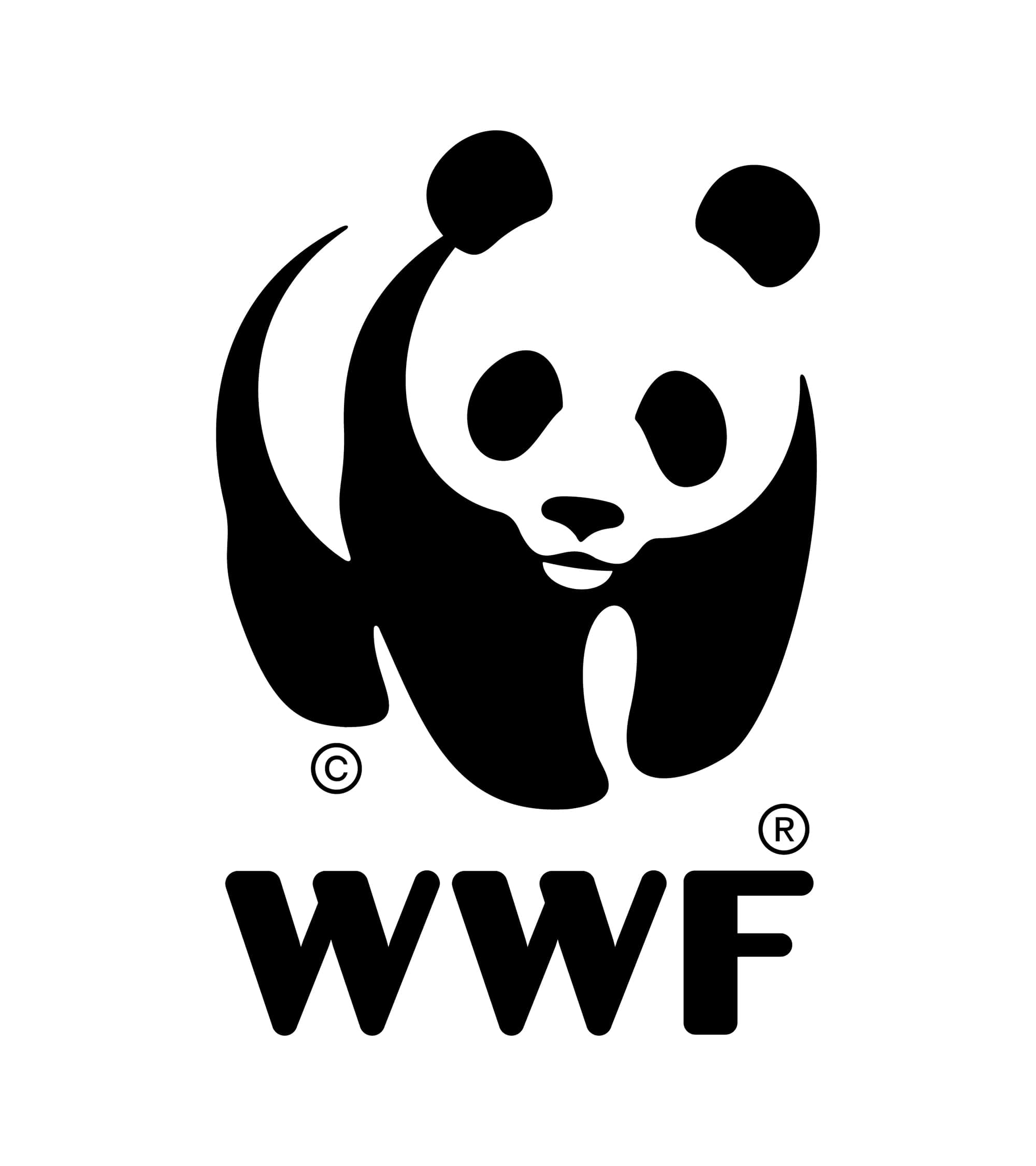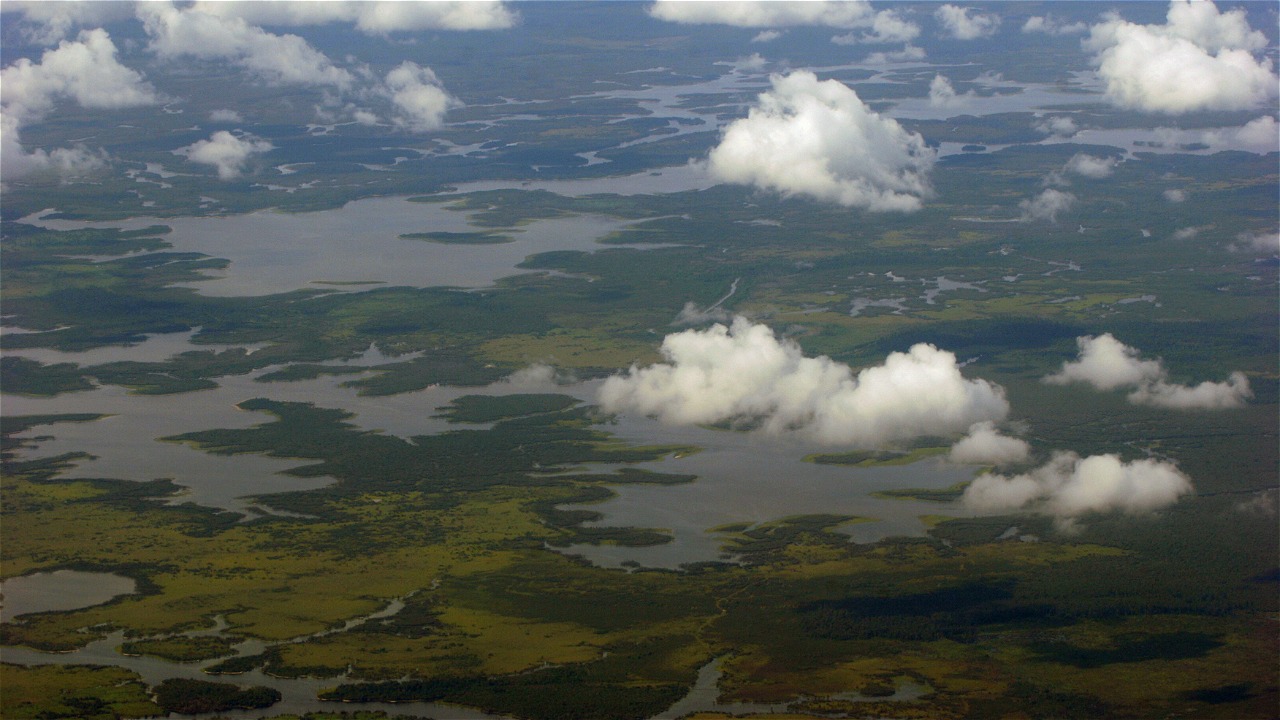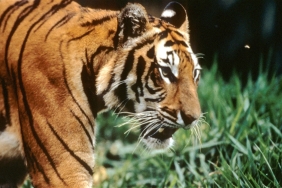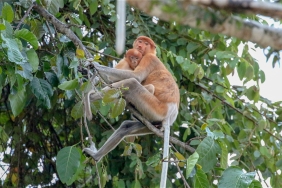COMMUNITIES AROUND TNDS-TNBK PLANT RUBBER TO RESTORE ORANGUTAN CORRIDORS
Masayu Yulien Vinanda or familiarly called Nanda has joined WWF Jakarta for 3 years as Media Content Development Officer. In addition to developing content for WWF-Indonesia's website and blog, she is also the Managing Editor of Living Planet Magazine (a magazine for WWF-Indonesia Supporters published every 4 months). Through his writing, he strives to make environmental issues more ""close"" to the lives of the wider community..Full author profile...
One of the strategies implemented by WWF to maintain the existence of orangutans and their habitat, especially in the forests of West Kalimantan, is to establish "animal corridors." This animal corridor connects two conservation areas, Betung Kerihun National Park (TNBK) and Danau Sentarum National Park. The animal corridor also straddles two major rivers in West Kalimantan, Labian-Leboyan River (TNDS) and Embaloh River (BBKNP).
In restoring the corridor, WWF is not alone. Communities in a number of villages in the Labian-Leboyan River area are the main actors in the success of the restoration of the area. One of the programs that is being intensified is the Rubber Agroforestry System (RAS). This mixed forest system with rubber plants not only provides ecological benefits but also economic benefits to local communities. So not only is the forest preserved, but the community can also get additional income. Fair enough :-)
During my visit to TNDS, I had a chance to chat with WWF Kalbar's Community Empowerment Coordinator, Anas Nasrullah. Although brief, the conversation really enlightened me about the meaning of conservation. It turns out that conservation is not only about taking care of environmental issues, but also simultaneously empowering the surrounding community which also has an impact on improving their economy. Nice!
Bang Anas told us about the origin of the rubber development idea in Labian-Leboyan. So the idea came after the WWF team had discussions with the community, digging deeper into what their needs really were. And as a result, it turned out that they were already quite familiar with rubber gardening. Finally, a kind of conservation contract was made to ensure that rubber gardening activities are in accordance with conservation principles and benefit the community.
From upstream to downstream of the Labian River, there are a total of 22 villages. Until now, WWF West Kalimantan's Community Empowerment team has assisted 16 villages located in the upper to middle reaches of the Labian River. In Labian village, WWF assists 429 households to develop rubber. To facilitate the assistance, each household is merged into small groups. The centers of superior rubber plantations already exist in that group.
The success of the upstream rubber business attracted the attention of the people in Melemba village. The people who live in the middle of the Labian-Leboyan River then asked WWF to facilitate and assist them in developing rubber. The success of the rubber business in the upstream attracted the attention of the people in Melemba village.
Following up on the community's request, WWF then made a rubber development plan in Melemba. A socio-economic study was conducted to record the amount of rubber needed. The results of the analysis obtained, in Melemba village there are a total of 30 families, where each family has an average of 1-2 hectares of land. By calculating the rubber planting distance of 4mx6m, it is estimated that each 1 hectare of land can be planted with 500 trees. Based on the observation and field study, as well as discussions with the community, it was finally decided that each household would be given 1000 rubber trees.
Meanwhile, to make preparations before planting, tree distribution, and assistance to the community, WWF is assisted by the BELEKAM community group. These groups are members of the local community who have been coached and assisted by WWF and are considered capable of sharing their knowledge and skills with other community groups. They are the driving force of the community, or in other words, they are the extension of WWF that has played a major role in the process of community empowerment.
That is the approach of community empowerment done by the WWF team. That is how to create community leaders who can later provide assistance to other groups. In each watershed, WWF has fostered groups like BELEKAM. BELEKAM itself specifically helps the community around the Labian River. BELEKAM will prepare the 30,000 rubber trees needed, and organize their distribution. Not only pre-planting preparation, but also post-planting assistance. WWF and BELEKAM will socialize charcoal technology as a stimulant for compost. The technique of producing charcoal and how it is applied to rubber.
While in the harvesting process, a variety of special training is conducted to maintain the quality of rubber sap produced. Starting from skill building, integrated charcoal technology, land management, tapping techniques, and so on.
For marketing, WWF embraces PT Perkebunan Nusantara (PTPN) to absorb the rubber produced by the local community. Specifically in Melemba, rubber production that has been identified is around 20 tons per month. If summed up from the entire Labian-Leboyan River area which reaches 175 thousand hectares, the rubber produced can be up to 110 tons per month!!! PTPN itself is able to buy rubber produced by the community at a price of around 16 to 18 thousand rupiah per kilogram.
The quality of the rubber produced by the community varies. Well, in this case WWF participates in determining which quality standards will be distributed to PTPN, at what price, and also the capacity. This also includes identifying the production capacity of the community. How much per day, per month, and per year. How much rubber is produced during the peak production period and how much during the low production period. From this, it will be determined how much actual capacity can be contracted with PTPN.





